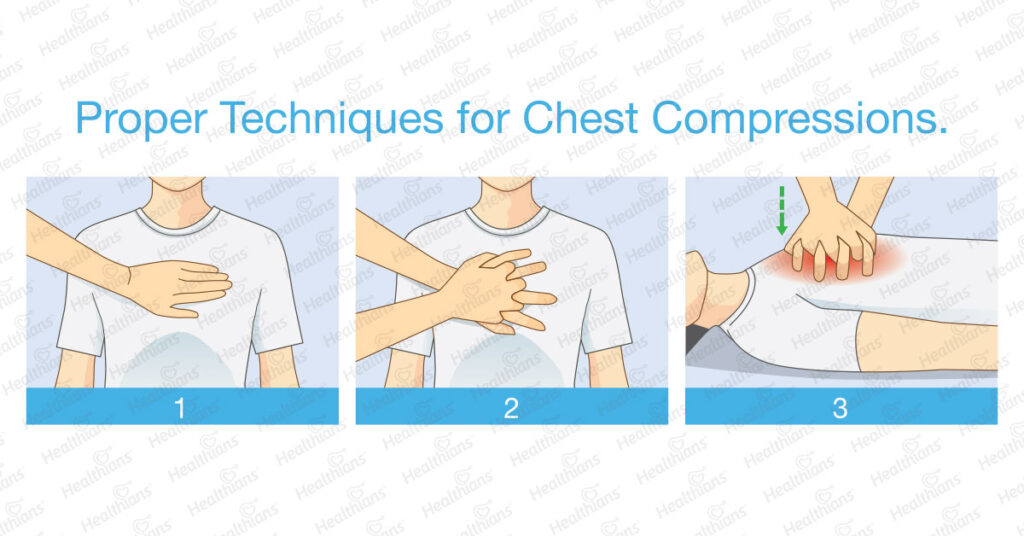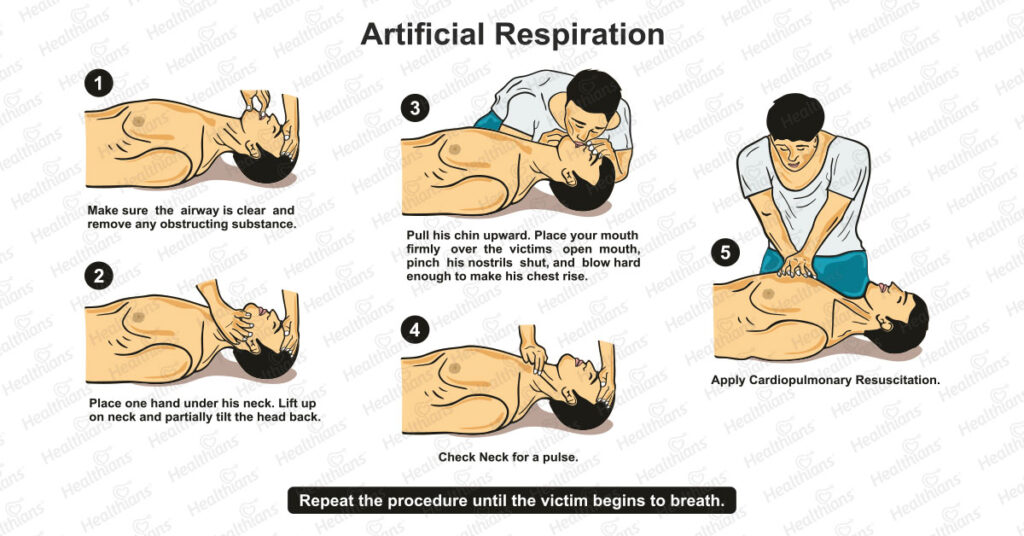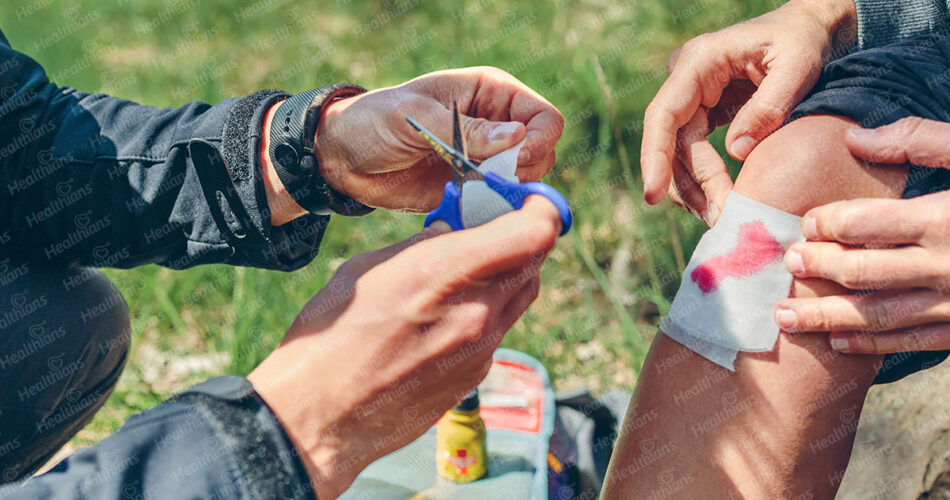Life is precious. That’s why, saving a life can be one of the kindest and most essential deeds you can perform. Sadly, we all live in a world where accidents and injuries have become a usual sight in the day. But a life is a life, it needs to be saved. After all, you wouldn’t want to be devoid of help if you find yourself in an injured person’s shoes. So, helping someone in need, when they’re injured is crucial.
But moments like these, when someone’s life depends on your actions, don’t come with a warning. But if and when they come, you have to know the right thing to do at the right time. A wrong step in the way, and you could be endangering their lives. But we understand it’s only natural to panic in stressful moments like these. You may not know what to do.
So, consider this a handbook to the essential steps and first aid basics to apply when you come across somebody injured.
When someone is breathing but is unconscious
If you find someone lying unconscious but is breathing fine and hasn’t sustained any external injuries (bleeding), the first thing you have to do is place them in a recovery position. Doing so will ensure that their airway is clear and open.
Here is what a recovery position looks like:

When someone is unconscious but is not breathing
If you find someone who is lying unconscious but is not breathing at all, do not waste time and call for an ambulance or medical help. Following that, perform CPR with your hands if you do not know how to perform rescue breaths.

When someone is bleeding
The primary step you need to take is to stop the bleeding and prevent further blood loss if you find the person profusely bleeding. Look if there’s nothing present in the wound, such as broken glass or metal. If there is, ensure that you do not press down the object further into the wound.
Instead, you must press firmly on either side of the embedded object and build up padding around the area before you apply a bandage or a cloth.
If no object is embedded into the wound, apply pressure to the wound with your hand (make sure your hands are clean) using a clean cloth or dressing if possible; continue to do so until the bleeding stops.
When it is a normal wound
If the bleeding is not profuse, and it’s just mild, you can start first aid by cleaning the wound with cold water. Just gently wash around the area with a washcloth and soap. Following that, cover the wound with a bandage.
When someone has an electric shock
We know your first instinct would be to go and pull that person away from the source of electrocution, but this is what you do not have to do as it can also electrocute you. The first thing you have to do is call for medical help.
Following that, you must switch off the electrical supply with an insulator. Use wood, rubber, plastic or rubber.
Please note, you must not move closer to the point of electrocution. The source of electrocution can emit rings of voltage that travel outward. If the power buttons lie near the source of electrocution, stay away from it, instead use a wooden stick. You must stay at least six metres away, farther if the wires are lying open.
If the power supply has been cut off and you are not near the point of electrocution, check if the person is breathing. If not, perform CPR and do mouth-to-mouth resuscitation. You must also roll the person on the side, in the recovery position.

Closing thoughts
Possessing knowledge of first aid basics can make a crucial difference when encountering someone injured. By remaining calm, assessing the situation, and taking immediate action, you can provide vital assistance that may save lives or prevent further harm. Remember, even the simplest gestures can have a profound impact during an emergency.
Whether it’s applying pressure to a bleeding wound or providing reassurance to a distressed individual, your willingness to step up and offer help can make a significant difference. By equipping yourself with these fundamental skills, you become an empowered and compassionate member of society, ready to respond to unexpected situations and contribute to the well-being of others.




